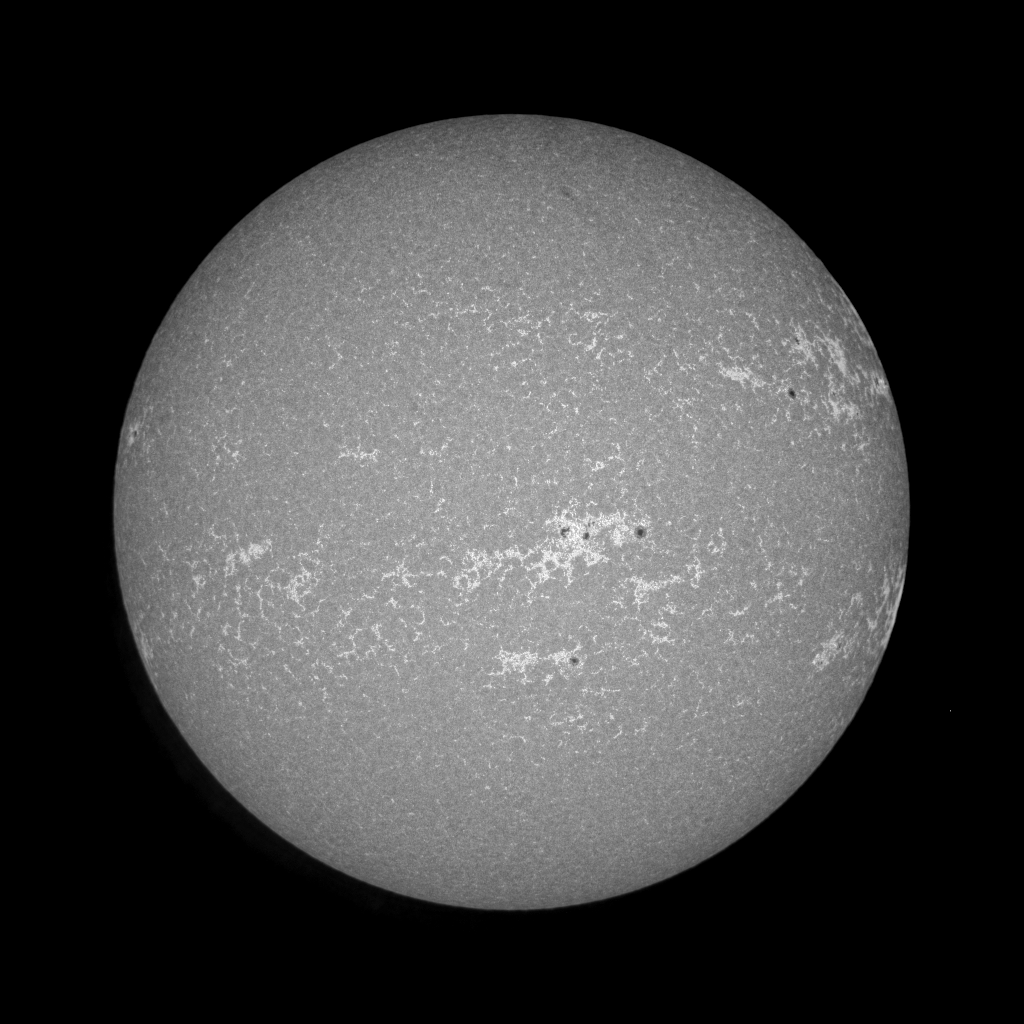 These images of Jupiter were taken using the 14" Meade SCT at the WYAS observatory. Seven 1500 frame .avi files were taken at 10fps and processed in Registrax 6 to create a .tif image from each .avi file. The .tif images were then finally processed in Photoshop.
These images of Jupiter were taken using the 14" Meade SCT at the WYAS observatory. Seven 1500 frame .avi files were taken at 10fps and processed in Registrax 6 to create a .tif image from each .avi file. The .tif images were then finally processed in Photoshop.
The Eurpoa transit started at 19:29 and finished at 20:53 on the 29th November. These images were taken between 20:22 and 20:53.
( It can be downloaded from this url http://www.stellarium.org/ )











